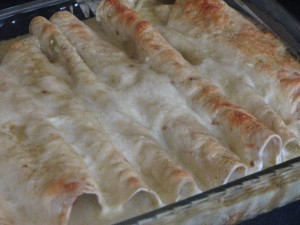Once we found out that our son Damian was diagnosed with tactile defensiveness our first goal, made with his physical therapist, was to get him to touch different surfaces with his feet and hands.
The two surfaces that he really struggled with were grass and sand. Any time that we went outside and would try and get him to play or stand on the grass he would always, without fail, lift his feet up really fast. He really did not like the feel of grass on his feet. It was quite funny to watch. 🙂
So that begs the question, how did we get him to touch these things? We brushed his feet and arms several times a day with a therapeutic brush. A small tool that is spongy on one side and has small soft bristles on the other side. Every single day we would have to brush the bottom of his feet, at least 3 times a day. He hated it so much and would try to pull his feet and arms away. It took some time, but eventually he got used to us brushing his feet, and eventually with time and effort was able to stand and play on grass.
Sand was a little bit different of an experience for Damian. I can very clearly remember the first time that Damian had ever touched sand. We had gone to a local park with my husband’s family for a picnic. The park contained a sand volleyball court. Having been working with our son, and continually brushing his feet and arms, we wanted to introduce him to the texture of sand. We took him over to the sand volleyball court, sat him down, and slowly began pouring sand on his feet. He was very tentative at first, and wasn’t sure that he liked the feeling of sand on his skin. We took our time, and showed him that we could have a lot of fun in the sand. Honestly, it took about 30 to 45 minutes before he stopped being nervous and finally touched it by himself. It was all fun and games from there. He spent the remainder of the time at the park in the sand volleyball court, and by time we left the park he was having so much fun playing in the sand that he didn’t want to get out and leave!
Now that Damian is older he has no problems or hesitation touching grass or sand with his feet or his hands. Introducing these new textures was our first challenge of many after his diagnosis, but with therapy, patience, and time we were able to help him adjust and overcome his fear and hesitation.

